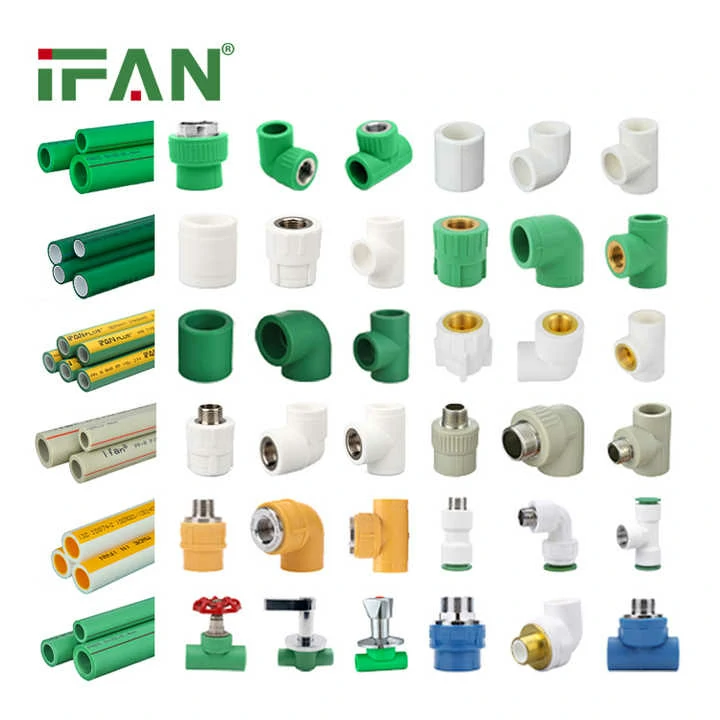Ensure Proper Installation
Correct installation is crucial. When connecting PPR fittings, plumbers must insert pipes fully into the fittings. For example, in a bathroom renovation, a plumber should push the PPR pipe until it reaches the marked depth on the fitting. This tight connection prevents gaps where leaks could start. Using the right tools like a proper insertion guide helps align and seat the pipe snugly, reducing leakage risks.
Choose High-Quality Fittings
Quality matters. Opt for branded and reliable PPR fittings. In a large plumbing project for a hotel, contractors select fittings with good reputations. Cheap, subpar fittings may have uneven surfaces or weak seals. High-quality ones are precision-made, ensuring a better fit with PPR pipes. Their durable materials resist wear and tear, minimizing the chance of leaks over time.
Temperature Consideration
PPR fittings react to temperature. During installation in hot weather, they expand slightly. Plumbers need to account for this. In a summer construction site, allowing fittings to cool before finalizing connections can prevent loose joints later. Likewise, in cold conditions, warming fittings gently can make them more pliable and help create a tighter seal, avoiding cracks and leaks.
Pressure Testing
After installation, pressure testing is a must. For a residential plumbing system, plumbers close all outlets and fill the pipes with water, then pressurize to normal operating levels. By monitoring for any pressure drop over time, they can detect potential leaks at PPR fittings. If the pressure holds steady, it gives confidence in the leak-free installation. This step acts as an early warning system.

Sealant Application
Applying an appropriate sealant can enhance leak prevention. Some PPR fittings benefit from a thin layer of compatible sealant at connection points. In a kitchen plumbing upgrade, a plumber might use a silicone-based sealant. This fills microscopic gaps, adding an extra barrier against water seepage. But it’s vital to choose a sealant that won’t degrade PPR material.
Regular Inspection
Periodic checks are essential. Homeowners can visually inspect PPR fittings under sinks or in utility rooms. If there’s any sign of dampness, discoloration, or water droplets, it could signal a leak starting. In an office building, maintenance staff routinely examine plumbing. Catching a small leak early at the fittings can prevent major damage and costly repairs down the line.
Avoid Physical Damage
Protect PPR fittings from impacts. In a crowded storage area where pipes run along the wall, accidental knocks can loosen fittings. Using protective sleeves or barriers can safeguard them. For instance, in a garage with plumbing, covering exposed fittings with foam guards stops them from being bumped by tools or equipment, maintaining a leak-free state.
Professional Recheck
For complex plumbing setups, calling in professionals for an annual recheck is wise. In a commercial building with extensive PPR plumbing, experts can use advanced tools like thermal imaging to spot hidden leaks at fittings. Their trained eyes can identify early signs of trouble that amateurs might miss, ensuring the plumbing system’s integrity and preventing leaks.
In conclusion, by following these steps, you can effectively stop PPR fittings from leaking and maintain a reliable plumbing system.

